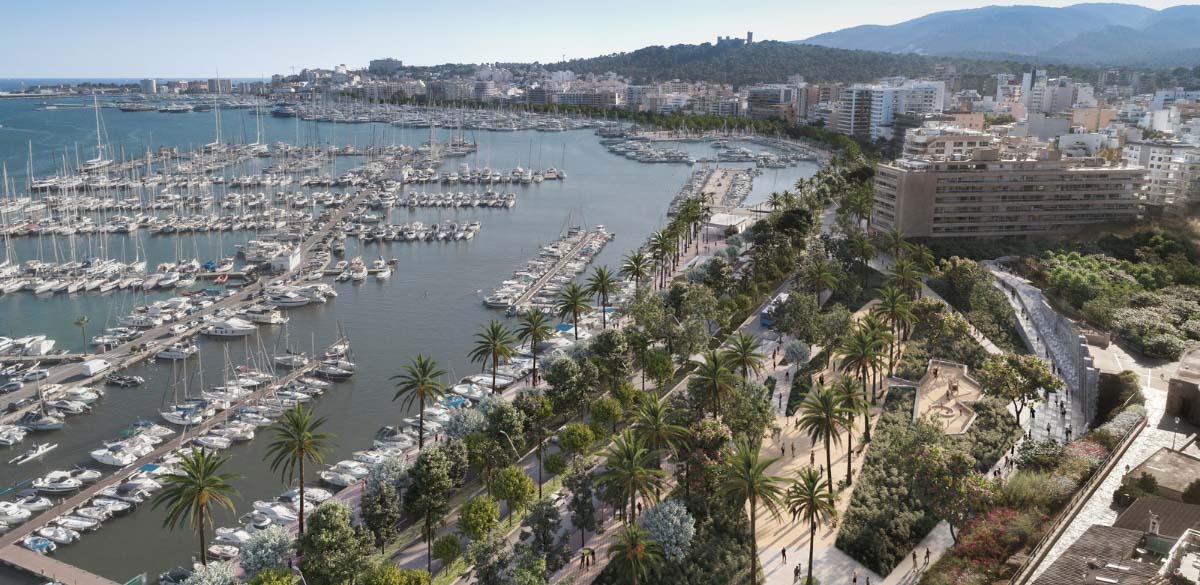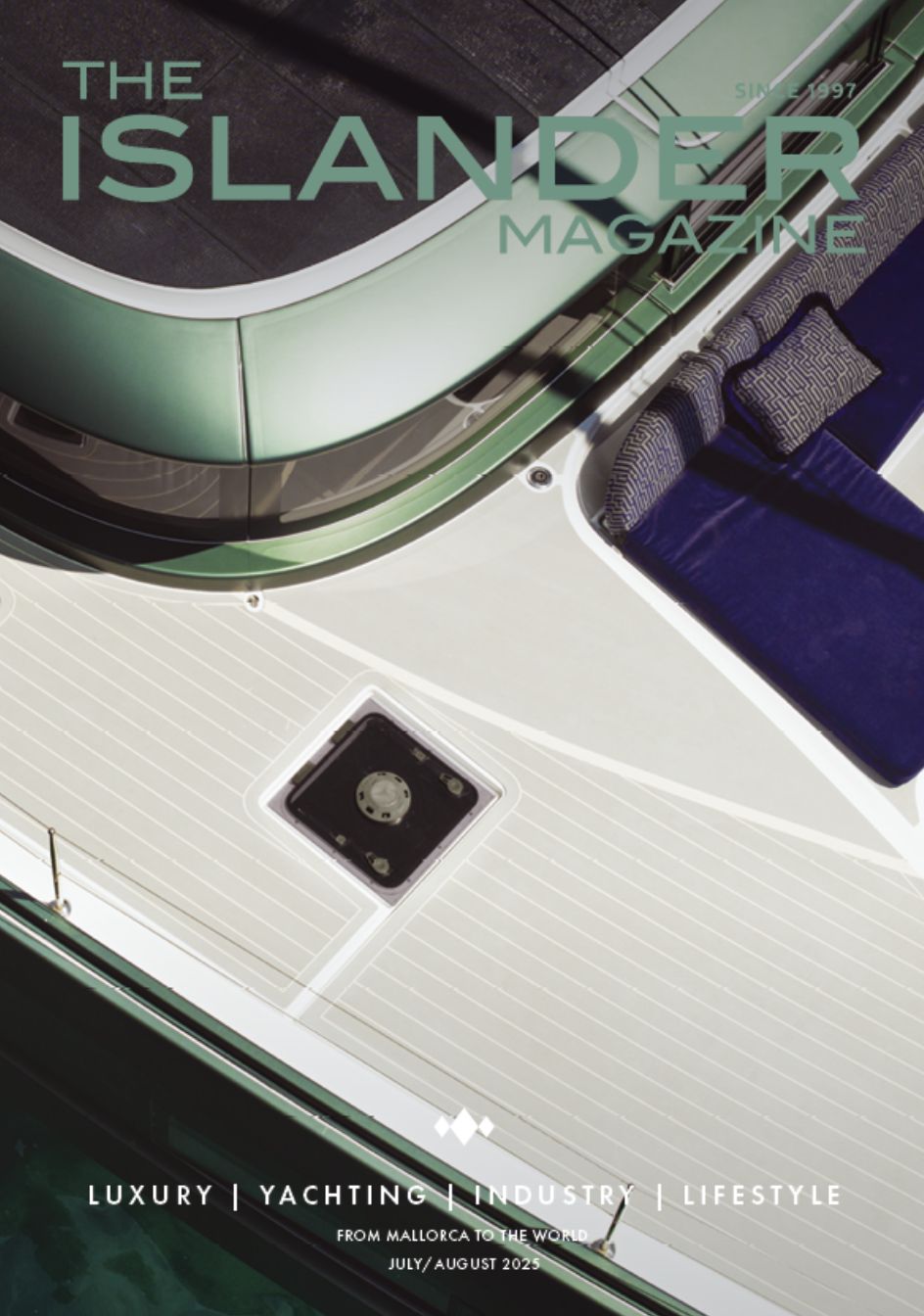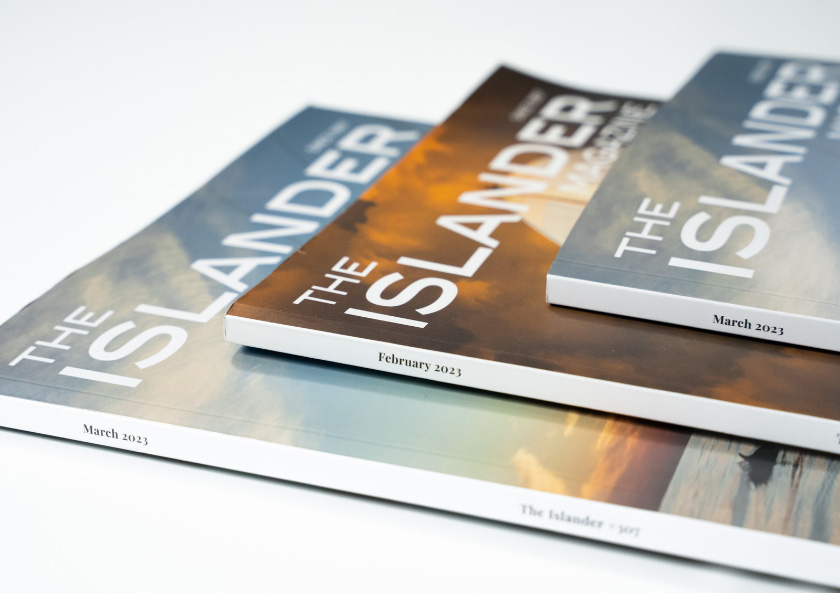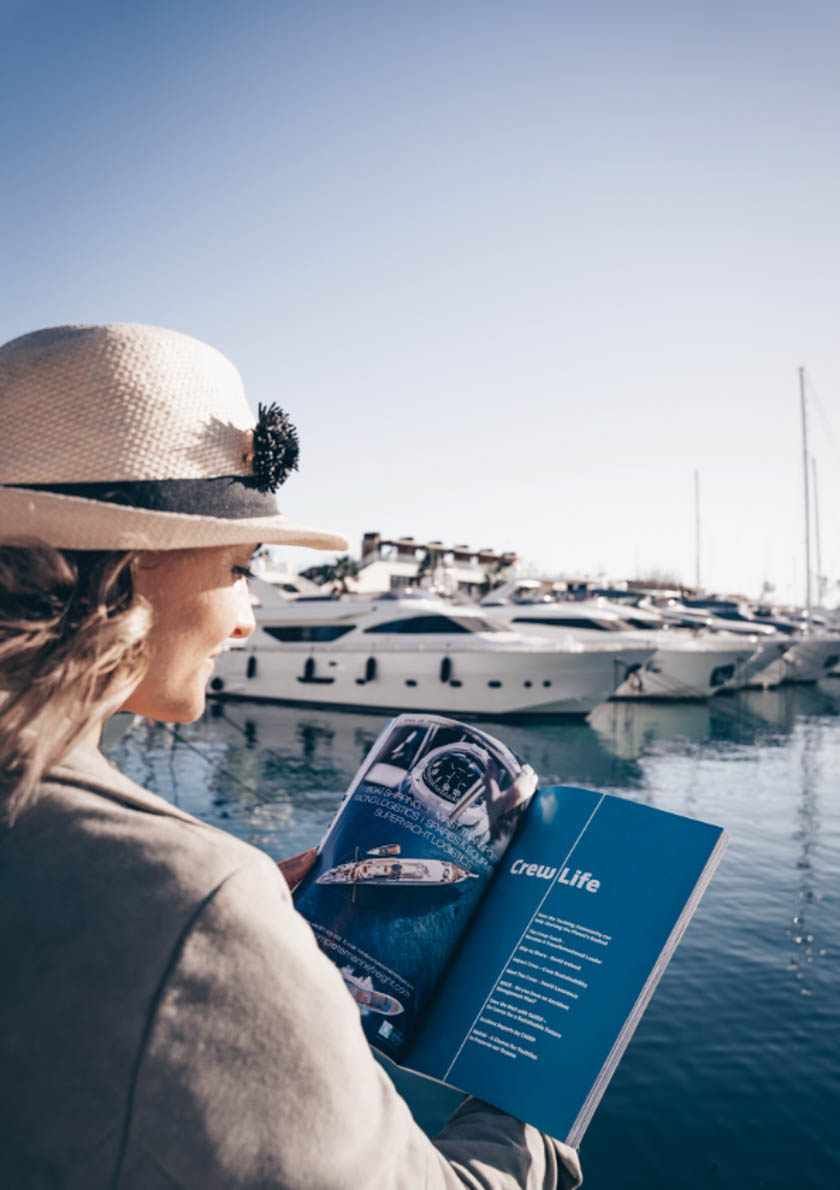The new seafront promenade is being developed and vegetation will replace the emissions of traffic. The wide open spaces will allow the people of Palma and visitors to connect with the sea. A cleaner and healthier place where people benefit, the docks become urban, and the city is infused with salt.
The Port Authority of the Balearic Islands (APB) is promoting this project awarded for 37.6 million euros (excluding VAT), which will become the most ambitious port-city makeover in decades carried out in the capital of the Balearic Islands, even in the entire Spanish port system.
The new Paseo Maritimo of Palma will acquire a new identity opposite from the busy urban road that it has become today. The architect Elías Torres, designer of the project along with his partner José Antonio Martínez Lapeña and the team of the Typsa Group, has defined it as “the pedestrian promenade”, as the surface dedicated to sidewalks is doubled and the number of crosswalks is increased; there is a focus on large rest areas and motor vehicles are relegated to the background.
This is achieved with two elements that take center stage: the sea and vegetation. This new environment triples the current number of trees and doubles the number of palm trees and flower beds, with almost two thousand new trees of over twenty different species. In addition, it offers over three and a half kilometers where the maritime world connects with the citizens.
The remodeling works of the Paseo began on Friday, November 18, 2022. The start of the two year transformation of the old port road that connects the Muelle Viejo with the Portopí dock area. It will be the most prominent feature of the future facade of Palma and in line with the objective of the port to improve connectivity with the city.
Direct and constant communication with the affected parties
The new seafront promenade of Palma is born with a new image that symbolizes a new space in the city near the sea where people benefit from a better quality of life, more vegetation, and a more pleasant environment. But direct communication with those affected by the works has been a focal point as well. This has been achieved through media, aimed at the general public but also through direct and continuous contact with the those affected by the project. The most representative parties with whom the APB and the City Council of Palma maintain frequent contact are local entrepreneurs such as hoteliers, restaurateurs, merchants, transport associations, taxi drivers, neighborhood associations, and of course, companies from the nautical sector. The Balearic Marine Cluster held a meeting with companies in the nautical sector and are committed to working closely with the port authority to resolve any issues and develop comprehensive solutions to the demands and needs of the nautical companies. Also, not forgetting the citizens who want to be informed immediately about the progress of the works without intermediaries. For this, meetings with these stakeholders were scheduled from the beginning of the project on a regular basis. There were also general, sectoral, or specific group meetings with two clear objectives: to inform them promptly about how the phases of the works will affect them and to gather their feedback to correct any possible dysfunctions. At the same time, the media are kept informed of these contacts with the stakeholders and of all the news generated by the execution of the promenade.
All this information also reaches the general public simultaneously through the website noupasseigmaritimdepalma.portsdebalears.com. On this digital platform that has been set up, project information is published, as well as public interest notices as the works progress. It is an initiative to keep the stakeholders involved in the project in constant communication, within the commitments made by the APB of transparency, collaboration, and recognition within society.
A green Paseo, free of fumes
The project includes changes in the port-city model to prioritize pedestrians and cyclists over motor traffic, with a distribution of 70% for them and 30% for vehicles.
The works will impact the road system by reducing the 3 and 4 lanes per direction, to 2 lanes per direction. To analyze the possible consequences of the planned traffic reduction, the APB conducted a mobility study prior to the drafting of the basic project. This mobility study concluded that reducing one lane in each direction of circulation would greatly enhance the most sustainable means of transport while maintaining viability for conventional motor traffic.
Regarding pedestrian mobility, pedestrian crossings are significantly increased, from the initial twelve to the twenty-six planned in the project in order to improve accessibility and pedestrian safety. On the other hand, sidewalks go from 2 and 5 meters in width to 5 and 10 meters, depending on the area. In addition, the planned section of the Seafront Promenade is compatible with a future implementation of a high-capacity public transport system, such as a tram or bus rapid transit lane, on a shared platform. As for equipment, new lighting, wifi, electric vehicle charging points, urban furniture, and installations for children’s play are included.
Xerogardening
The proposed design is based on the concept of xerogardening, that is, the creation of gardens designed under the criterion of rational water use, prioritizing user comfort and the conservation of existing tree species. Xerogardening criteria are based on sustainable development and landscape integration with native species to create more efficient garden areas. The proposal includes the planting of 1,544 new trees of 23 different species, 574 palm trees, shrubs, and ground cover in flower beds. The plan also aims to preserve as many existing trees and palm trees as possible (301 trees and 516 palm trees) by transplanting 108 of them. The proposal suggests the planting of 12 new species of deciduous trees with large canopies to provide ample shade in summer, as well as four additional species to complement existing plantings. The location of the species has been carefully considered to create a chromatic rhythm that identifies each functional area of the seafront promenade. Additionally, the plan includes the creation of 37,351.72 square meters of flower beds with shrubs, ground cover, and plants to provide spaces for visitors to relax. Finally, the plan includes the planting of evergreen trees in tree pits in the middle of the sidewalk, providing habitats for predatory species that can help control pests and reduce the need for pesticides.
The transformation of this urban space aims to reduce CO2 emissions through incentives for non-motorized mobility and public transport, as well as the creation of green areas with native vegetation to reduce the heat island effect and act as carbon dioxide absorbers. To this end, shaded areas are proposed in summer and sunny areas in winter, and different tree species are used to create these transitions and generate spaces with more stable and comfortable temperatures.
Regarding the urbanization of the space, aesthetics are combined with infrastructure improvement. Thus, the promenade is organized with parking areas paved with granite blocks with open joints, irregular colored concrete pavement for the main sidewalks, with motifs reminiscent of fishing nets, and designed exclusively for this intervention, and a strip of granite on both sides of the promenade for parking, services, and equipment.
It also incorporates a significant improvement in stormwater and sanitation channeling, as well as other citizen services such as telephony, public lighting, telecommunications, traffic lights, and the provision of future facilities. The work will also allow – for the first time in this area – the definitive separation of wastewater from rainwater, the incorporation of a new irrigation network, and as a novelty, the implementation of a sustainable drainage system called SUDS – Sustainable Urban Drainage Systems – in the flower bed area next to the sea, which will allow the use of rainwater for watering the vegetation located on the promenade. This system will reduce the sizing of the stormwater drainage network and flooding, the filtration of contaminating elements on the urban surface, and better absorption and retention of these stormwaters, reducing the need for irrigation.
Adapting to new needs, high-efficiency LED lighting will be installed and several electric vehicle charging points with slow and fast charging equipment. Special attention will also be paid to the incorporation of urban furniture, such as benches, streetlights, garbage bins, children’s play equipment marked by the same aesthetic line, which will also be required of individuals who will commercially exploit terraces or other spaces designated for businesses.
The aim is to provide the city of Palma with a green space that becomes an urban reference for its vegetation and its connection to the port and sea.


























0 Comments